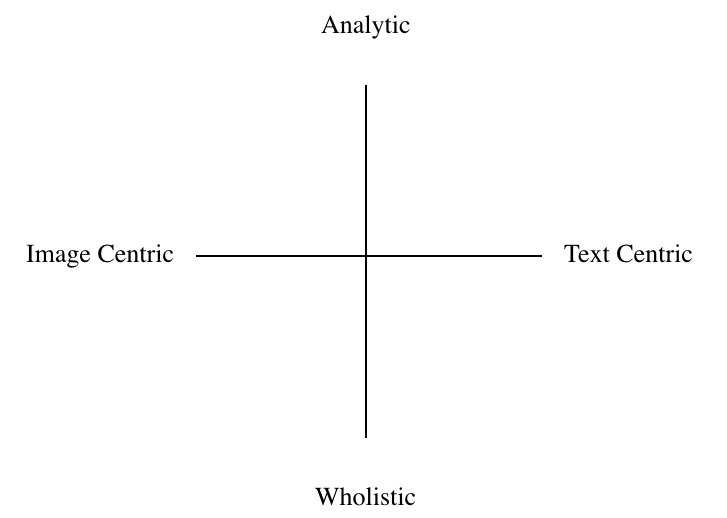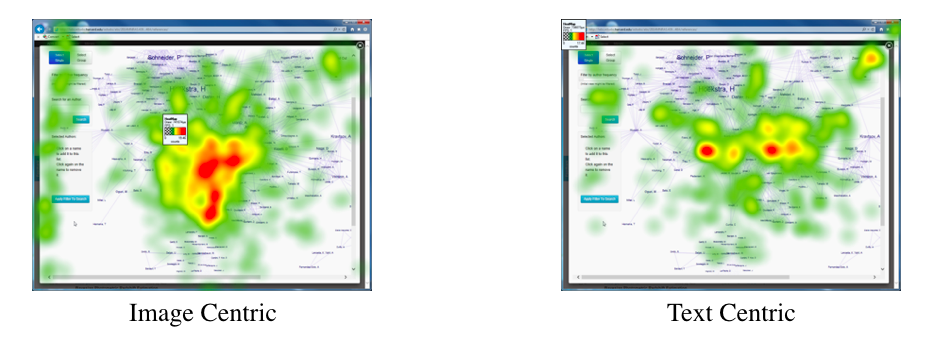Credit
Rong Tang (First Author)
Rong Tang (First Author)
While I was working at the Simmons Usability Lab, my professor Rong Tang and I did an eye tracking research project on SAO/NASA Astrophysics Data System hosted by Harvard-Smithsonian Center for Astrophysics.
The academic paper is under review of an international journal. Below are some highlights of the study.
Backgrounds
As a primary digital library portal for astrophysics researchers, ADS (Astrophysics Data System) 2.0 interface features several visualization tools such as Author Network and Metrics.
In an attempt to document the research needs of ADS core users’ and their experience using ADS 2.0, this study involves 20 ADS long term users who participated in a usability and eye tracking research session. The participants first completed a cognitive test (Wholistic Analytic Test (Extended CSA-WA Test) and then performed five tasks in ADS 2.0 and explored its multiple visualization tools.
![]()
Research Question
What, if any, are the differences between participants of different Cognitive styles and they eye behavior?
Results
1. It was resulted from the cognitive test that over half of the participants are Imagers and half of the participants are Analytic. Wholistic-Analytic style dimension relates to “whether an individual tends to process information in wholes or parts,” the Verbalizer-Imagery style dimension pertains to “whether an individual is inclined to represent information during thinking verbally or in mental pictures”.
![]()
2. Imagers were found to spend less time on tasks than non-Imagers.
3. imagers group had more intense fixation of images/visualization part of the screen than non-imagers.
![]()
4. the nonanalytic participants have more intensive fixation in wider areas of ACT and TXT objects on screens.
![]()
The academic paper is under review of an international journal. Below are some highlights of the study.
Backgrounds
As a primary digital library portal for astrophysics researchers, ADS (Astrophysics Data System) 2.0 interface features several visualization tools such as Author Network and Metrics.
In an attempt to document the research needs of ADS core users’ and their experience using ADS 2.0, this study involves 20 ADS long term users who participated in a usability and eye tracking research session. The participants first completed a cognitive test (Wholistic Analytic Test (Extended CSA-WA Test) and then performed five tasks in ADS 2.0 and explored its multiple visualization tools.

Research Question
What, if any, are the differences between participants of different Cognitive styles and they eye behavior?
Results
1. It was resulted from the cognitive test that over half of the participants are Imagers and half of the participants are Analytic. Wholistic-Analytic style dimension relates to “whether an individual tends to process information in wholes or parts,” the Verbalizer-Imagery style dimension pertains to “whether an individual is inclined to represent information during thinking verbally or in mental pictures”.

2. Imagers were found to spend less time on tasks than non-Imagers.
3. imagers group had more intense fixation of images/visualization part of the screen than non-imagers.

4. the nonanalytic participants have more intensive fixation in wider areas of ACT and TXT objects on screens.
